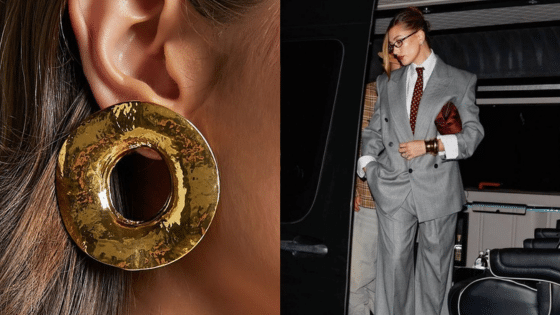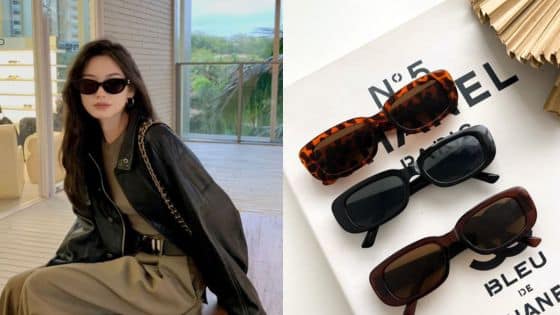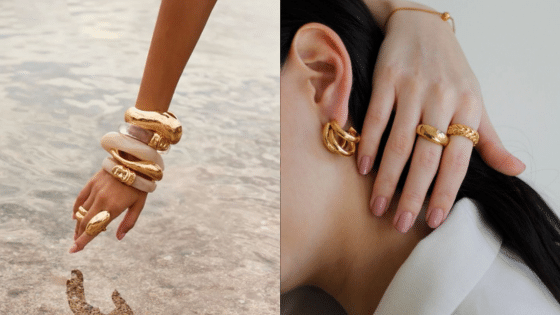Fashion circles and style lovers have long admired Christian Dior’s legendary “New Look,” an innovation that changed the course of post-war elegance. By introducing ultra-feminine silhouettes with cinched waists, rounded shoulders, and full skirts in 1947, Dior redefined what it meant to dress with grace after years of wartime austerity. His designs departed from the boxy, utility-driven shapes of the 1940s, offering luxury and optimism to a world eager for beauty.
With the debut of this collection in Paris, Dior quickly became a symbol of renewed femininity and fine craftsmanship. The House of Dior didn’t just influence dresses; it helped shape the direction of the modern fashion industry and set new standards for luxury branding.
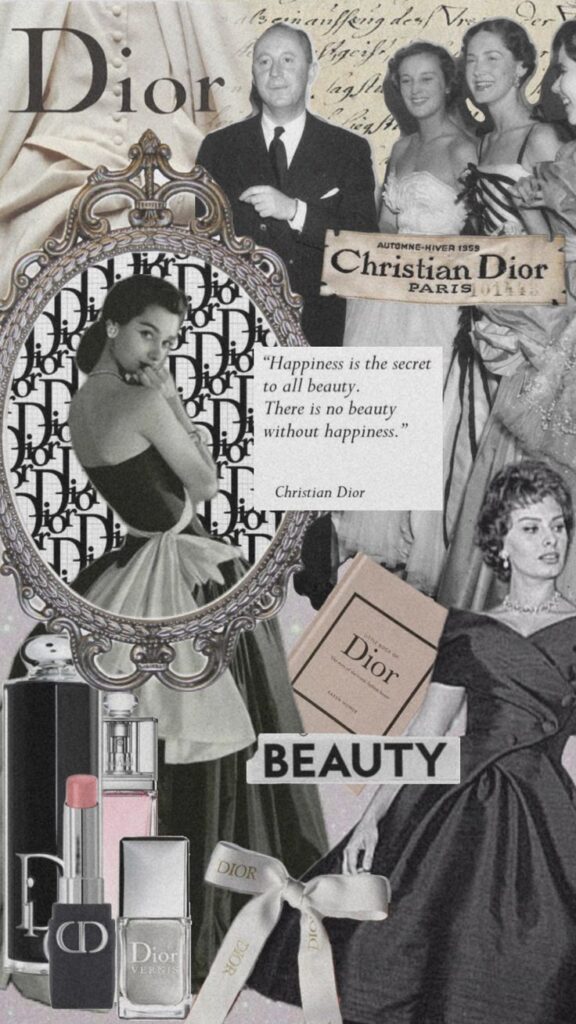
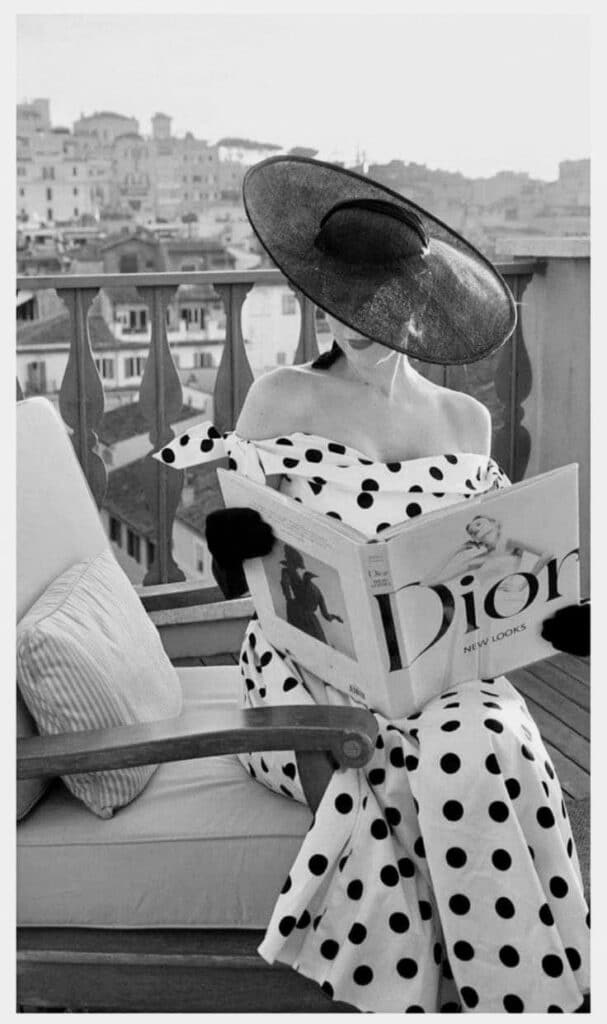
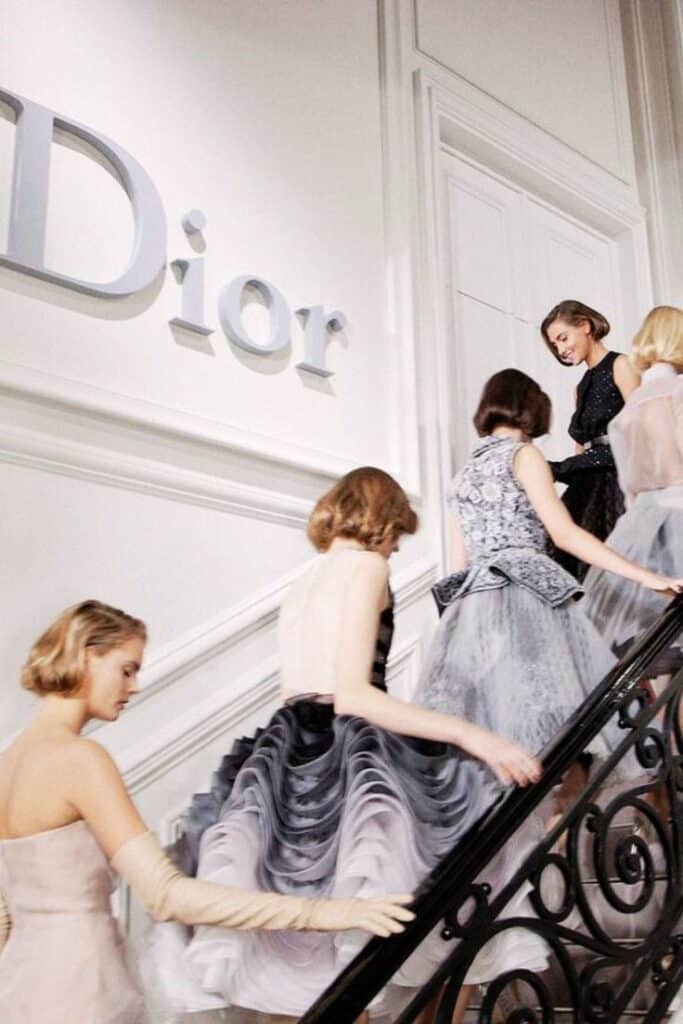
Key Takeaways
- Dior’s “New Look” transformed women’s fashion after World War II.
- The signature silhouette emphasized elegance and femininity.
- Its influence continues to shape trends and luxury fashion today.
The Debut of Christian Dior’s New Look
Christian Dior’s 1947 debut marked a sharp shift from wartime austerity to a celebration of femininity and craftsmanship. The introduction of the “New Look” signaled a new era for Parisian couture and quickly influenced fashion worldwide, earning its famous name through media acclaim and its Parisian roots.
The 1947 Fashion Revolution
On February 12, 1947, Christian Dior unveiled his first haute couture collection in Paris. At a time when Europe was still recovering from World War II, his designs stood out for their opulence and femininity.
The “New Look” emphasized rounded shoulders, a cinched waist, and full skirts that often required yards of luxurious fabric. This was a clear break from the practical, boxy silhouettes of the wartime years.
Dior called one key outfit the “Bar Suit,” which became an icon of this new aesthetic. The press and public responded with surprise and excitement, with some calling the designs extravagant and even controversial for their use of materials during times of rationing.
Harper’s Bazaar and the Birth of the Name
The term “New Look” was famously coined by Carmel Snow, the editor-in-chief of Harper’s Bazaar. After viewing the debut collection, she exclaimed, “It’s quite a revolution, dear Christian! Your dresses have such a new look.”
Snow’s remark was picked up by other fashion journalists and quickly became synonymous with Dior’s bold, feminine styles. The phrase helped spread the movement internationally and solidified Dior’s reputation in the fashion world.
Within weeks, reports and features in Harper’s Bazaar and other magazines brought the “New Look” to a global audience. The power of naming and media attention propelled the designs beyond Paris, influencing retailers and designers around the world.
Avenue Montaigne: The Parisian Atelier
Dior’s atelier at 30 Avenue Montaigne in Paris became the heart of this transformation. It was here that the designer worked with skilled artisans to craft the elaborate garments that would define the New Look.
The location itself quickly became a symbol of couture excellence. Clients and press came to Avenue Montaigne to see the latest creations and experience the energy of Dior’s innovative team.
A wave of aspiring designers, buyers, and celebrities made the pilgrimage to Dior’s atelier, reinforcing Paris’s role as the world’s fashion capital. This address remains central to Dior’s legacy and the enduring allure of high fashion.
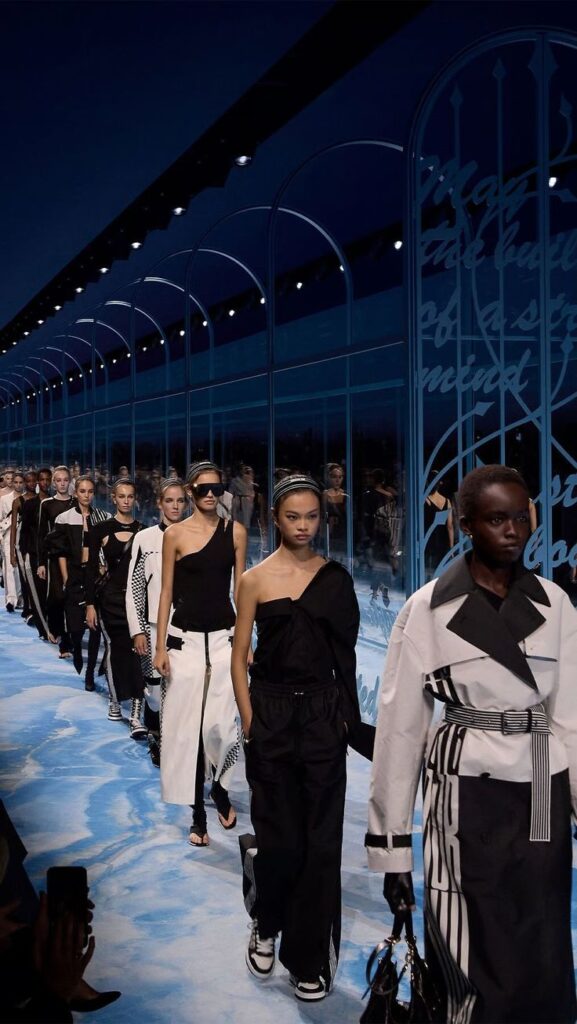
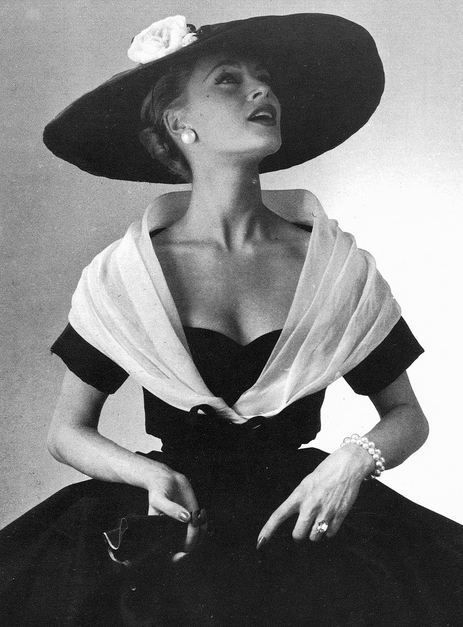
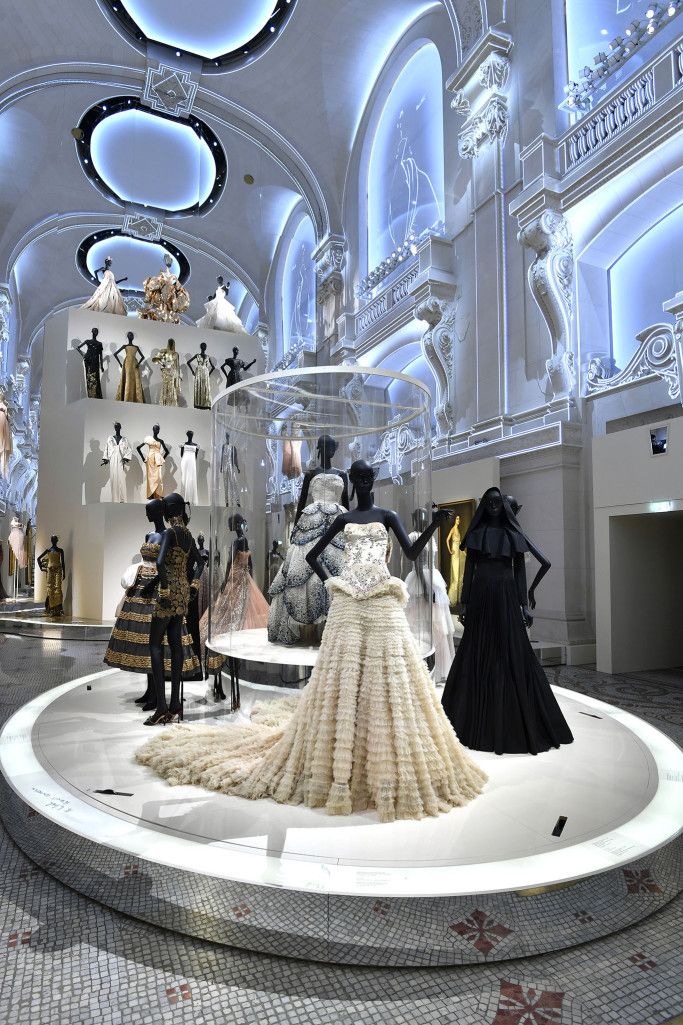
Essential Elements of the ‘New Look’ Silhouette
Christian Dior’s ‘New Look’ of 1947 introduced a sharp break from wartime austerity, offering a vision of feminine elegance built on structure and luxury. Dior emphasized defined silhouettes, intricate tailoring, and lavish details, creating a style that transformed post-war women’s fashion.
Bar Suit and Signature Silhouettes
At the heart of Dior’s aesthetic was the iconic Bar Suit. It featured a sculpted jacket with rounded shoulders, a nipped-in waist, and a gently flared peplum.
This look paired with a full, mid-calf length skirt created a distinctive hourglass shape. The Bar Suit not only exemplified the ‘corolle’ or flower-like line that defined the New Look, but also set the template for many future haute couture designs.
Other key signature silhouettes from Dior included the “figure eight” and “A-line,” each reinforcing the focus on softly contoured femininity. These shapes replaced boxy, utilitarian wartime designs with curves and structure, making the wearer appear both statuesque and graceful.
Cinched Waist and Full Skirt
A defining element of the New Look silhouette was the dramatically cinched waist. Often reduced to a hand-span and emphasized by boning or internal corsetry, the narrow waist highlighted the contrast with the voluminous skirt below.
The skirts flared out from the hips and reached mid-calf or slightly below, using meters of fabric to create movement and presence. This fullness was sometimes achieved with padding or stiffened petticoats, which helped sculpt the “corolle” or flower-petal shape Dior envisioned.
This silhouette not only drew the eye to the wearer’s curves but also stood in stark contrast to the severe, fabric-conserving lines of World War II fashion. As a result, the look became synonymous with post-war luxury and renewal.
Opulent Fabrics and Craftsmanship
Dior’s New Look relied on luxurious fabrics such as silk, taffeta, wool, and velvet. These materials allowed for the lavish use of fabric required to form dramatic skirts and structured bodices.
High-quality textiles were paired with expert haute couture craftsmanship. Techniques like complex gathers, precise tailoring, and hand-finished seams ensured every garment was both comfortable and elegant.
The use of opulent materials marked a return to fashion’s pre-war extravagance. Every piece was meticulously constructed; linings, boning, and finishes were as carefully executed as the visible design. This dedication to detail helped solidify Dior’s reputation for both innovation and quality.
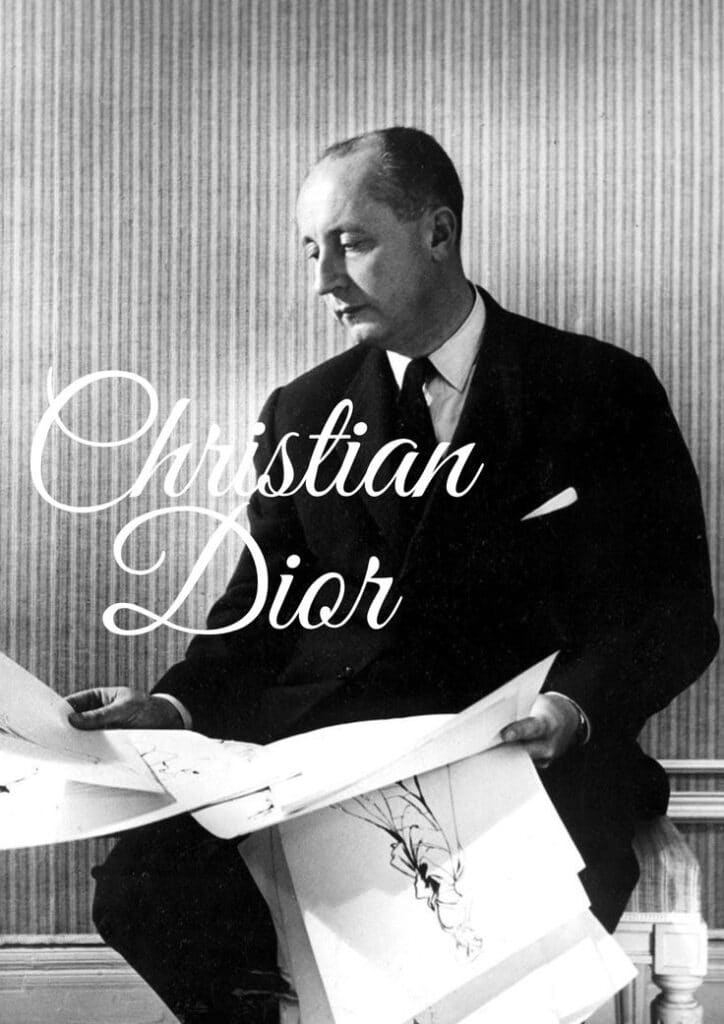
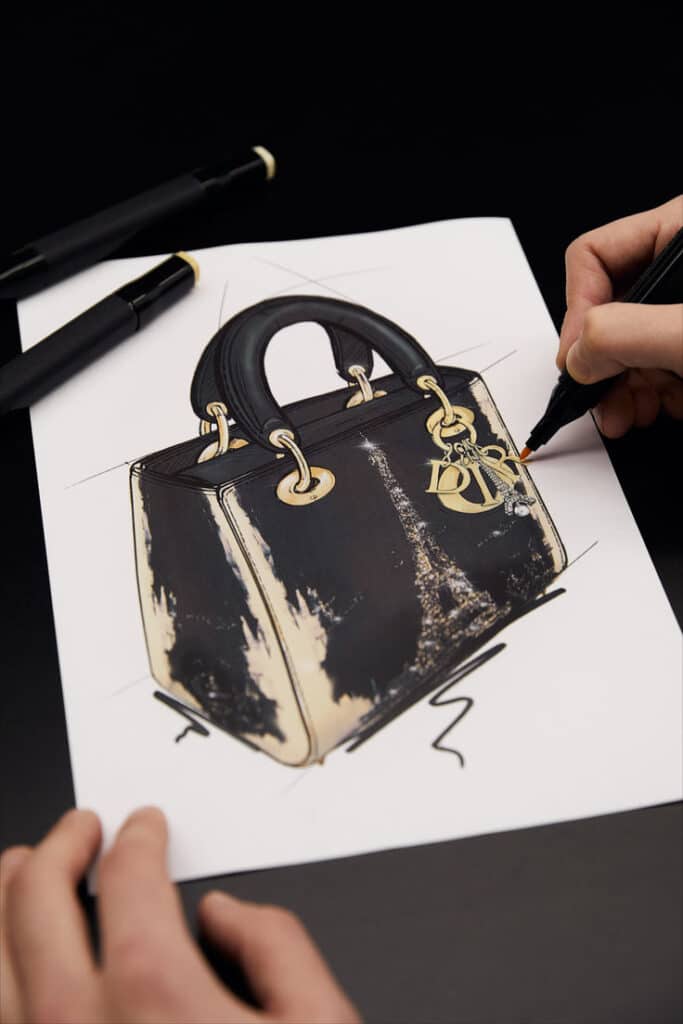
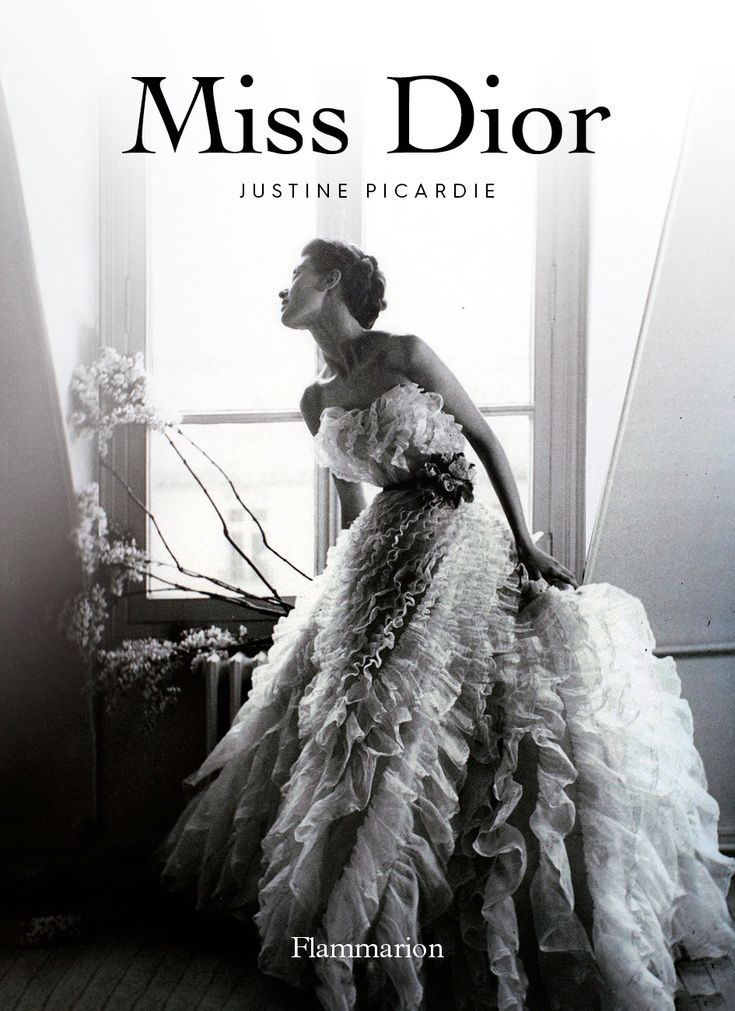
Redefining Femininity and Post-War Elegance
Christian Dior’s “New Look” marked a dramatic departure from wartime styles, bringing luxury, grace, and classic femininity back into women’s fashion. The collection set new standards for elegance and introduced shapes and fabrics that remain influential today.
Restoring Opulence After Wartime Austerity
The end of World War II left Europe coping with years of rationing and fabric shortages. Clothing during wartime was plain, practical, and unadorned. Dior’s 1947 collection was a clear response to this; he used generous amounts of fabric, a bold choice in a time still affected by scarcity.
Skirts were longer and fuller, sometimes containing up to 20 yards of luxurious textiles. This shift signaled a return to opulence and artistry. Satin, taffeta, and wool replaced the everyday synthetics of previous years.
The “New Look” stood in sharp contrast to wartime austerity, prioritizing decorative details and craftsmanship. For many, it felt like the lifting of a cultural shadow, a celebration of beauty and renewal.
Celebration of Femininity
Dior’s designs emphasized the natural curves of the female body, with rounded shoulders, cinched waists, and flowing skirts. This silhouette, almost sculptural in effect, projected a feminine ideal that was soft and glamorous.
Instead of the boxy, utilitarian lines worn during the war, Dior reintroduced delicate elements such as peplums, embroidery, and soft draping. The goal was to highlight, not conceal, the wearer’s figure.
Women responded to this with enthusiasm. The “New Look” offered a way for them to express individuality and grace, touching off a wave of similar designs throughout the fashion world.
The Return to Timeless Elegance
Dior’s approach drew inspiration from classic fashion, aiming for styles that would endure beyond passing trends. The “New Look” rejected short-term practicality and brought back a sense of timeless elegance.
Even as he embraced modern luxury, Dior referenced historical details: nipped-in waists of Victorian gowns, sweeping skirts, and fine tailoring. The result was a collection that looked both fresh and refined, instantly recognizable as elegant.
This blend of tradition and innovation helped establish Dior as a symbol of lasting sophistication, influencing haute couture and everyday fashion for decades. The style’s appeal came from its balance of subtlety and richness, setting a new standard for elegance.
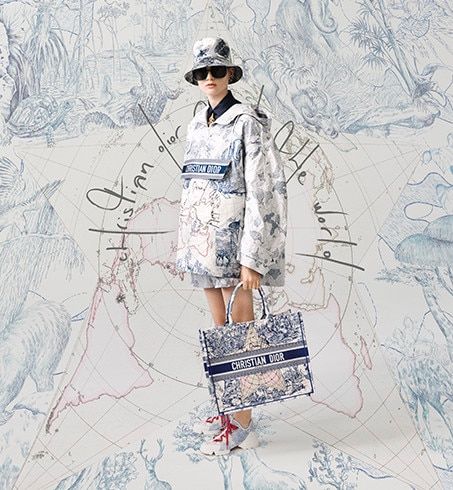
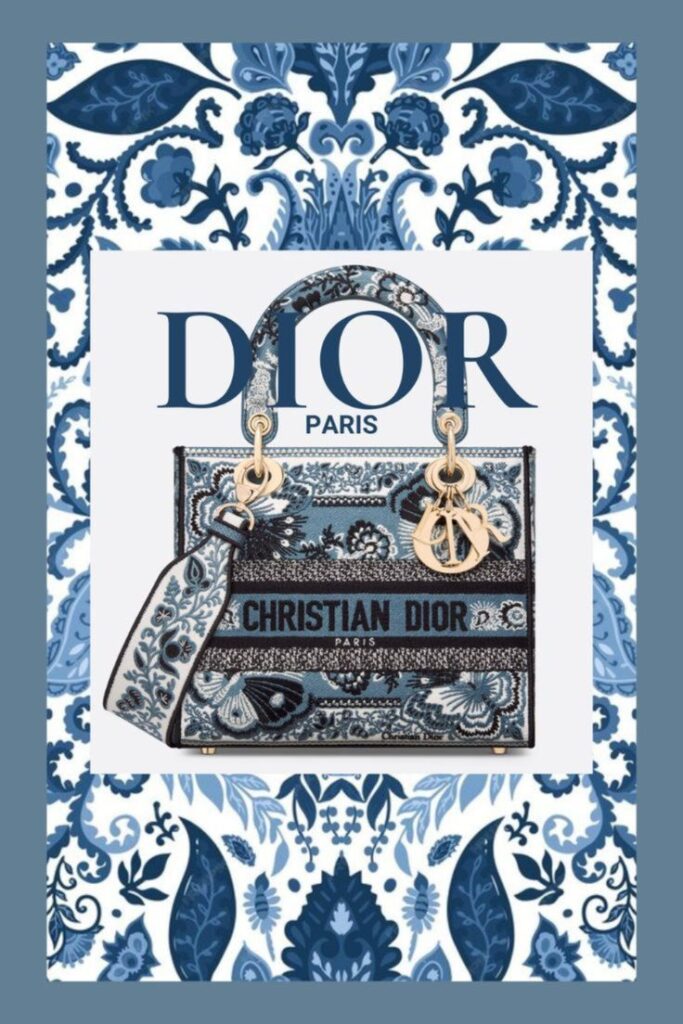
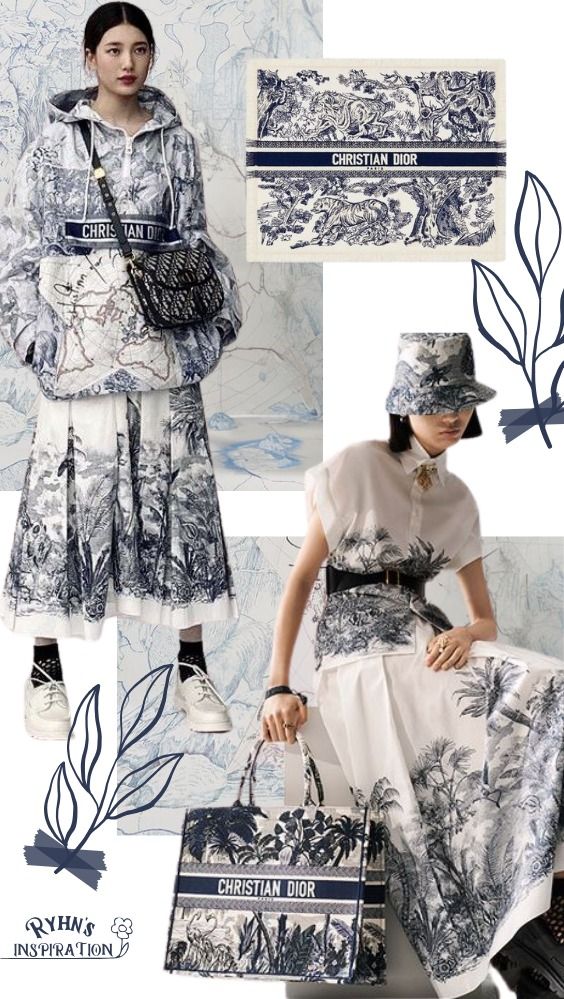
Impact on the Fashion Industry and Luxury Branding
The introduction of Christian Dior’s “New Look” reshaped the fashion industry and set new standards for luxury branding after World War II. Dior’s influence went beyond clothes, changing Paris’s position in fashion, the strategies used to market luxury, and how global audiences viewed couture.
Paris as the Epicenter of Haute Couture
Dior’s “New Look” debuted in 1947 and immediately reaffirmed Paris as the world’s preeminent fashion capital. After wartime austerity, his focus on lavish fabrics, structured silhouettes, and detailed craftsmanship brought renewed attention to French haute couture.
International buyers and press flocked to Dior’s Paris salon, eager to witness the latest designs. This influx helped reestablish Paris as the benchmark for prestige and innovation in the fashion industry.
Dior’s success also encouraged other French houses to pursue bold, artistic directions. Together, they fostered a creative environment and kept Paris at the forefront of the global fashion landscape.
Table: Key Impacts on Paris Fashion
| Area | Contribution by Dior |
|---|---|
| Craftsmanship | Emphasis on tailoring, detail |
| Prestige | Attracted elite clientele |
| Global Attention | Press & buyers from worldwide |
Innovative Marketing and Celebrity Endorsements
Dior pioneered new marketing techniques for luxury fashion that set him apart from his contemporaries. He was among the first to see the power of branding, using his own name as both a mark of quality and a style signature.
Celebrity endorsements played a major role in promoting the House of Dior’s collections. Stars like Marlene Dietrich and Princess Margaret wore Dior, drawing global attention to the label and reinforcing its exclusive image.
Dior’s approach to publicity—combining magazine advertising, high-profile events, and strategic product placement—helped define modern luxury branding. These efforts made Dior synonymous with glamour and desirability almost overnight.
Miss Dior Perfume: A New Era
In 1947, Dior introduced Miss Dior, his first fragrance created to complement the launch of the “New Look.” This marked a key development, as the perfume served both to extend the brand and provide an entry point for consumers who admired Dior but could not afford couture.
Miss Dior was marketed as the scent of the modern, elegant woman—connecting the imagery of luxury fashion with the world of beauty. Its launch was innovative for its time, as few couture houses had embraced branded perfumes at this scale.
The perfume’s success demonstrated the value of diversifying luxury product lines, helping to secure the House of Dior’s influence and profitability in multiple markets. Today, Miss Dior remains a flagship fragrance, cementing Dior’s vision for combining fashion and scent.
List: How Miss Dior Shaped Luxury Branding
- Made haute couture accessible to a wider audience
- Strengthened the House of Dior’s brand identity
- Pioneered cross-category luxury marketing
American Response and Global Influence
The American fashion industry responded both with admiration and adaptation to Dior’s “New Look.” Some American designers initially viewed the style as restrictive, but the demand from consumers quickly influenced local trends.
Department stores and boutiques in the United States began to feature Dior-inspired silhouettes, prompting a shift away from utilitarian wartime fashions. This transition influenced not just American tastes but also the broader international fashion landscape.
Dior’s impact spread across continents, inspiring designers worldwide to adopt elements of haute couture and luxurious branding. The company’s international expansion, including licensing deals and overseas boutiques, established a blueprint for turning fashion houses into global luxury empires.
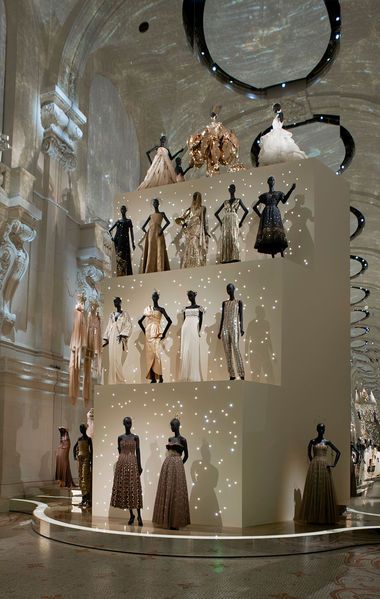
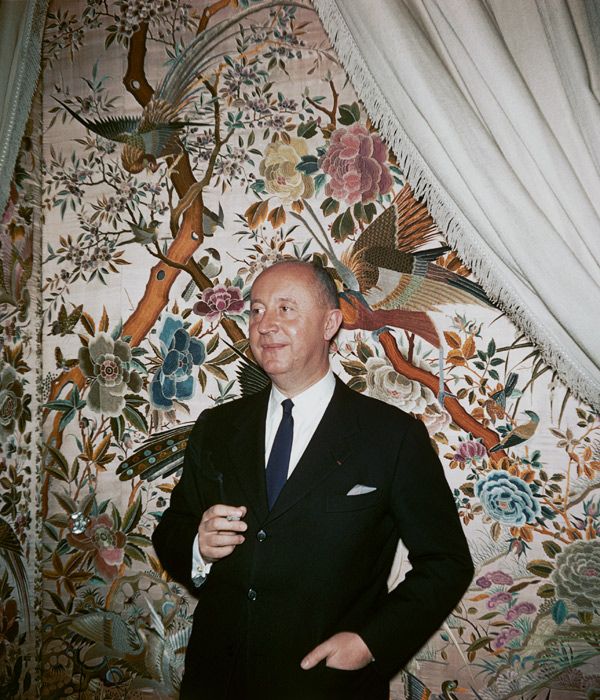
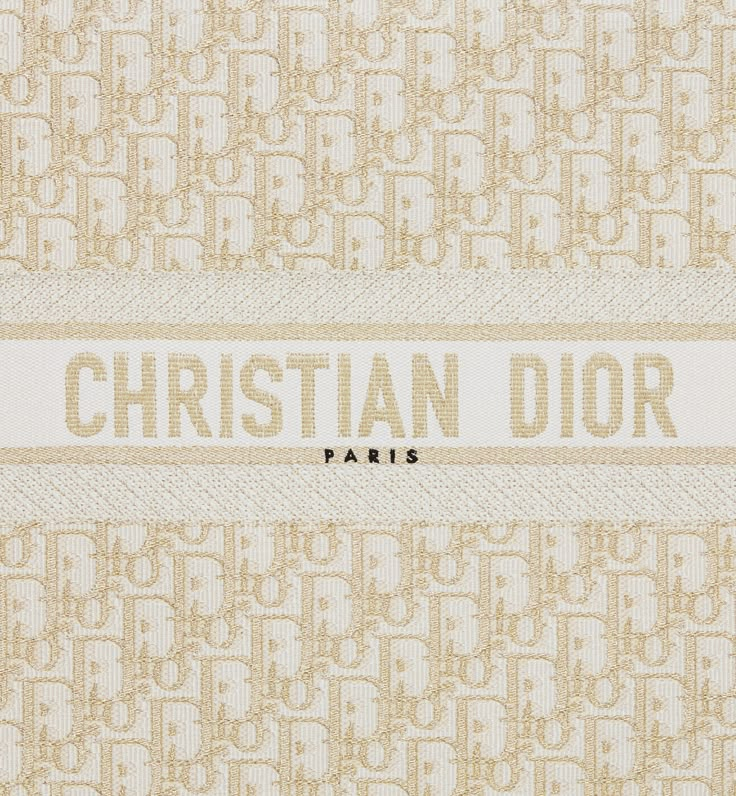
Legacy and Modern Influence
Dior’s original ‘New Look’ left a significant mark on fashion history by shifting post-war style towards elegance and opulence. Its impact continues to shape modern design, from the house’s latest collections to the emphasis on artisanal skills and responsible fashion.
Evolution Through the Decades
The bold silhouettes introduced by Christian Dior in 1947—nipped waists, full skirts, and soft shoulders—immediately set a new standard for femininity. Designers throughout the 1950s and 1960s often referenced these iconic shapes, cementing the brand’s influence.
Dior’s collections evolved with changing social movements. The house embraced youthful energy in the 1960s, modern minimalism in the 1990s, and has consistently adapted, maintaining relevance while respecting its origins.
Key Figures Over the Years at Dior:
| Artistic Director | Era | Notable Style |
|---|---|---|
| Yves Saint Laurent | 1957–1960 | ‘Trapeze’ line, youthful spirit |
| John Galliano | 1996–2011 | Theatrical, historical referencing |
| Raf Simons | 2012–2015 | Modern minimalism, architectural details |
Dior’s ability to balance innovation and tradition helps preserve the legacy of the ‘New Look’ in contemporary settings.
Contemporary Interpretations by Maria Grazia Chiuri
Maria Grazia Chiuri, Dior’s first female creative director, draws inspiration from the house’s heritage while injecting her own perspective. She re-examines the codes of femininity set by Dior, often blending sharp tailoring with flowing silhouettes.
Her collections celebrate women’s empowerment, using slogan T-shirts, embroidery, and contemporary prints. This approach gives the ‘New Look’ a modern identity while still referencing the signature hourglass forms.
Chiuri has collaborated with female artists and artisans, spotlighting international craft traditions. She often incorporates techniques like hand-weaving and embroidery, highlighting both craftsmanship and inclusivity in luxury fashion.
The Enduring Appeal of Craftsmanship and Sustainability
Craftsmanship is central to Dior’s identity. Each haute couture garment involves hours of detailed handiwork by skilled artisans, from pattern-cutting to intricate beading. These traditional skills not only define Dior’s aesthetic, but also build lasting value.
Sustainability has gained new importance in recent years. Dior is investing in ethical sourcing, eco-friendly materials, and processes that reduce waste. The brand’s focus on quality over quantity emphasizes longevity—garments are designed to be worn and treasured for years.
By combining heritage techniques with a modern commitment to the environment, Dior appeals to today’s conscious consumers while upholding the standards established by Christian Dior himself.
- 181shares
- Facebook0
- Pinterest181
- Twitter0
- Reddit0








